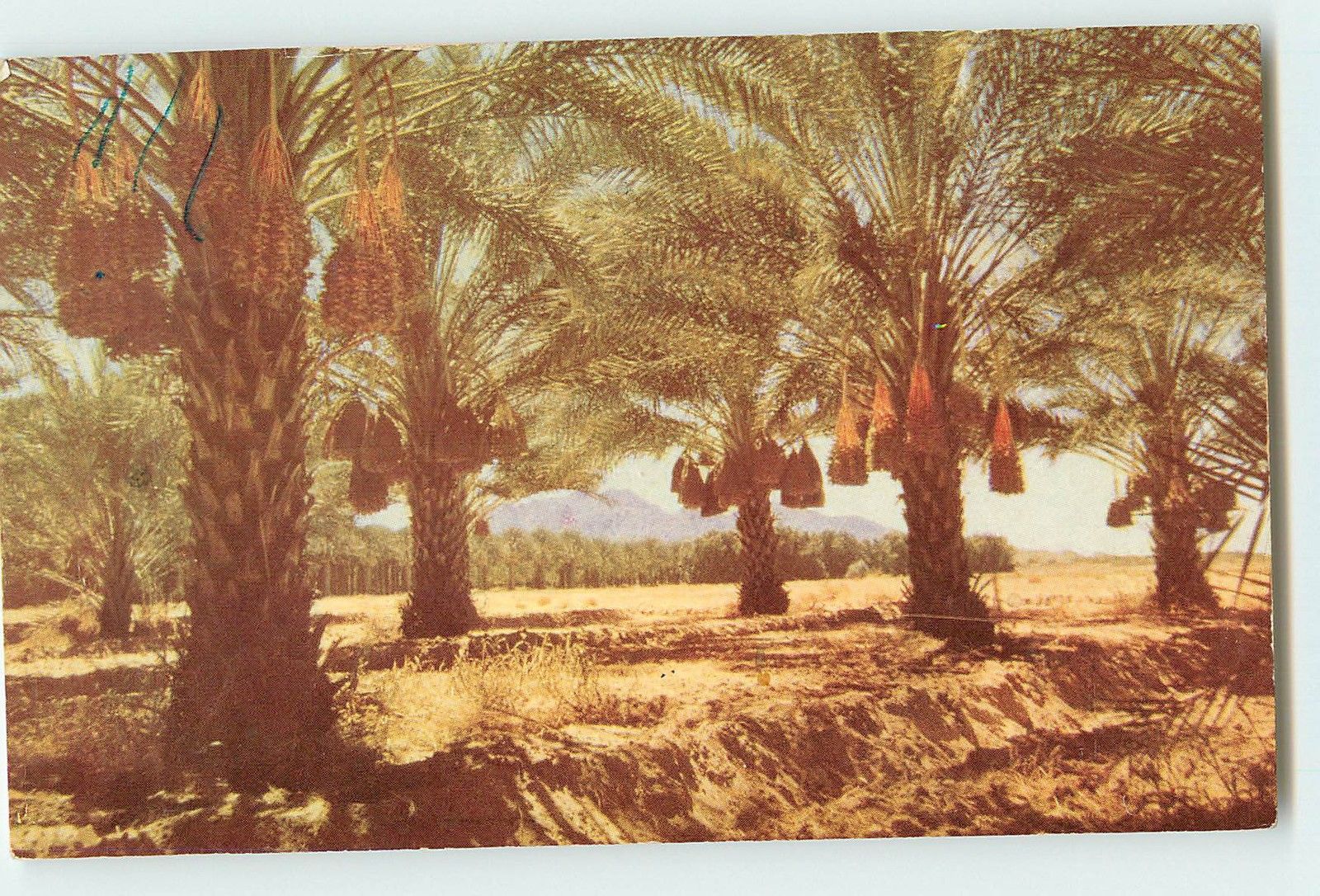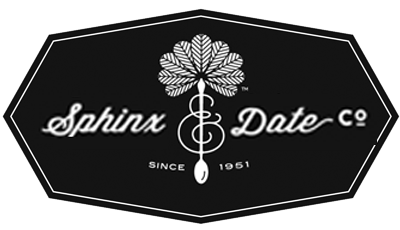
Medjool dates are perhaps more en vogue than ever for not only their delicious taste but their nutritional benefits, too. (Health Benefits of Dates) If you've got the space and a knack for gardening, you can harvest your very own Medjool dates… but it’s going to take some time and more than just one date palm. To produce fruit, you'll need to plant both a male and a female date palm seedling. It's ideal to purchase seedlings, or off-shoots, with the intent to grow your own date fruit, since they are labeled "male" or "female"
Date palms are beautiful trees that give a tropical flare to any backyard or orchard. They can grow upwards of 50 feet and 30 feet around, so you'll need either plenty of space or a dwarf variety. The male and female trees do not have to be planted side by side, as germination is more successful by hand if you only have a few trees. However, you may not actually see the literal fruits of your labor until about six to seven years from the time your seedlings are planted.
Date palms love hot, dry, and sunny weather; they don't do well in very rainy or humid climates. In the United States, the climates of Arizona and Southern California are perfect for date palms. The seedlings should receive a constant flow of water, such as through an irrigation system, at their bases, where the roots can absorb the liquid.
When the male tree produces its pollen (usually sometime in February), collect the fine powder from its sheaths and sprinkle it over the female tree’s flowers when they are in bloom. They typically begin to bear fruit in April or May, and are "ripe for the picking" around late August to September.
A single tree can produce 200 to 300 pounds of fruit per year, and it can be harvested many times throughout a season, as the dates do not ripen all at once. Many date farmers use lightweight fabric bags to cover the date bunches as they ripen, saving the date fruits that may fall off and to protect from hungry birds. The dates are ripe when they are soft and brown, but they can be picked early and will ripen off the tree if you have issues with birds getting to the fruit before you do.
Now the fun part - enjoying your dates! We recommend storing your dates in a sealed container at room temperature for up to thirty days and in the refrigerator for about four to six months. Dates freeze exceptionally well and can be frozen in airtight containers for up to a year. Many dried dates have a tendency to "sugar" after several months. If you notice a sugary film, simply wipe with a damp cloth, set a sealed container in the sun for a few minutes, or briefly microwave next to a small dish of water to rehydrate. The taste of the dates will not be affected!
